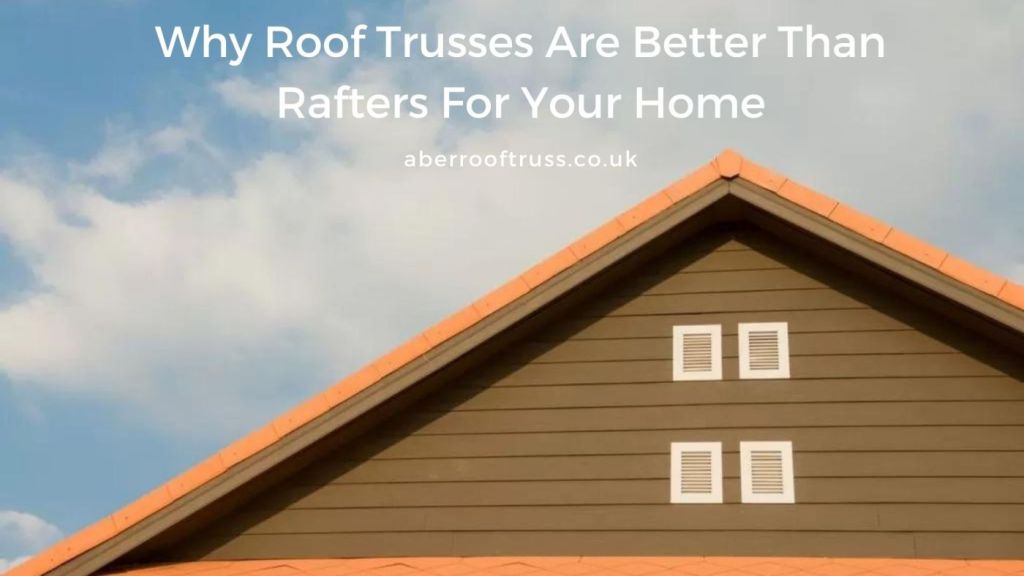
Generally, roof trusses or rafters are used to frame a roof on a new home. It’s true that they are similar in appearance and serve the same purpose, but they differ in many ways as well. The versatility, convenience, and lower price point of roof trusses have made them more popular these days. This article will cover the differences between rafters and trusses and help you decide which is right for you.
What are Trusses?
Roof trusses provide a more efficient and modern method of support. The trusses are constructed in advance and placed on site. Trusses are wooden structures used to support the roof and connect the walls of a house.
What are Rafters?
From the hip/ridge of the roof to the external wall plate, rafters are used in roof construction. This is the traditional way of supporting a roof – called stick framing. Decades ago, every house had rafters.
Every rafter is designed, cut, built, and installed on the construction site by a skilled carpenter.
The differences between the two
Roof trusses are built mostly from 2x4s rather than wide boards, which is the most noticeable difference between them and rafters. Depending on the architecture, rafters can either be hidden or showcased. Trusses, on the other hand, tend to be installed as architectural features in homes less often.
However, these differences don’t explain why roof trusses are more popular than beams. Let’s have a look at four reasons why roof trusses are the better option for your home.
- Factory quality control
Because they are produced in a roof truss manufacturers environment, often using computer-aided saws and fabrication equipment, quality control is very consistent. Third-party organisations may also inspect and certify trusses.
- Environmentally friendly
The good news for anyone who loves our planet (as you should!) is that feature roof trusses are more environmentally friendly than rafters. They are more eco-friendly because they use less wood and produce less waste, which we can all appreciate.
Steel plates are now often used to join timber roof trusses. Using these increases their load-bearing capabilities without using more wood and less timber used in construction which means a happier, healthier planet for all.
- Roof Trusses are strong
Roof trusses are solid considering their size and use of lumber. Trusses have a “webbing effect” that gives the structure tremendous strength. Although heavy to transport, trusses support roofs of any size, shape, or style using the force of triangles.
- Affordable
Trusses seem expensive at first glance. This is due to their prefabricated nature. Nevertheless, it is important to remember that installing rafters takes more time and more labour, which adds hefty costs to the final bill.
The cost of a rafter project also increases if the cost of wood increases, since rafters use more lumber than trusses. By using trusses instead of rafters, contractors can save up to 50 percent. This is a considerable saving you can use for another project.
Conclusion
In nearly every category, trusses dominate roof rafters despite some valid arguments on their behalf. Building methods are improving and automated construction is becoming more prevalent, so roof trusses are expected to gain in popularity – even more so than they already are.
At Aber Roof Truss, we have been creating long-lasting and high quality roof trusses for over 30 years. Should you wish to get in touch with the team to discuss your roof truss project, do not hesitate to contact us today.
